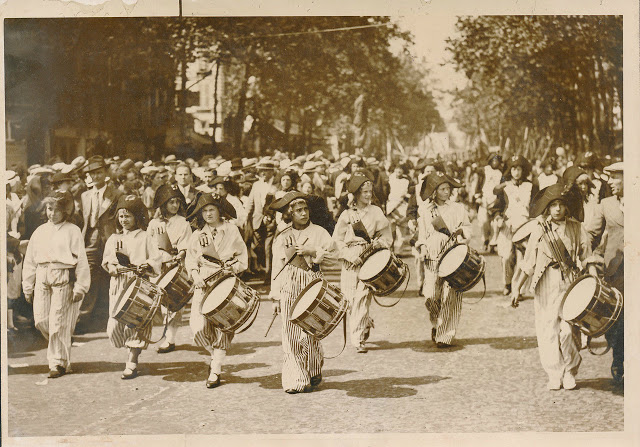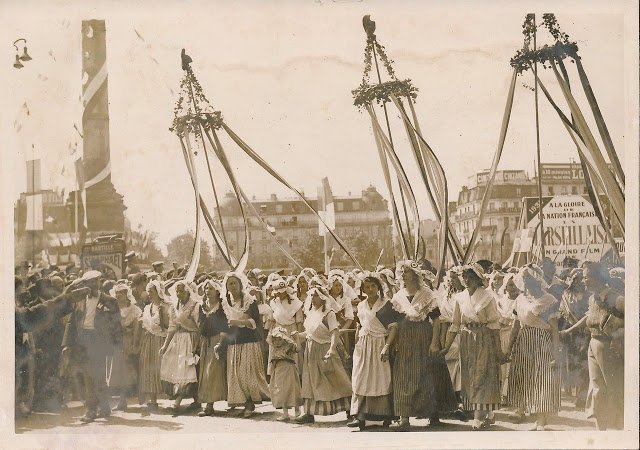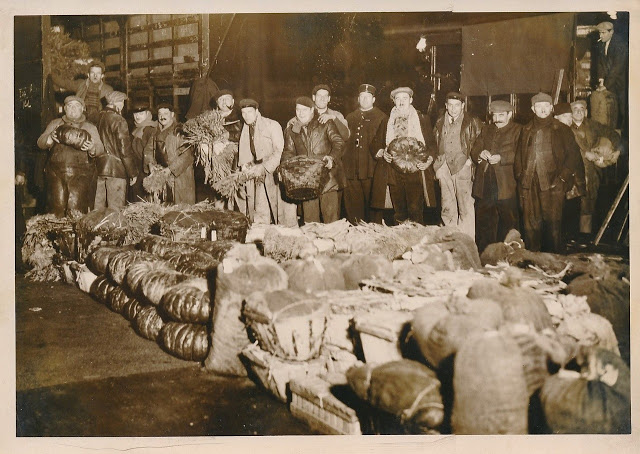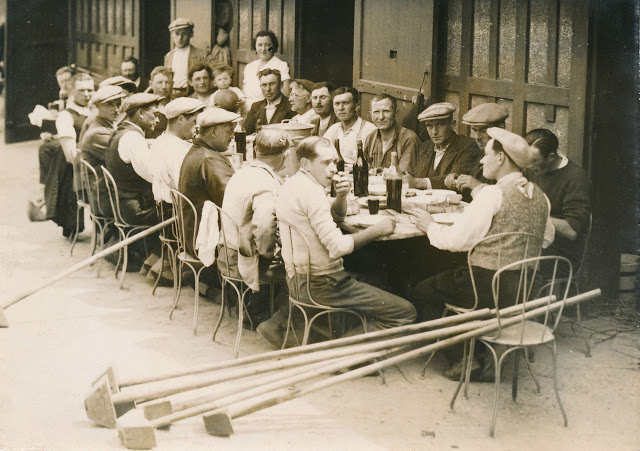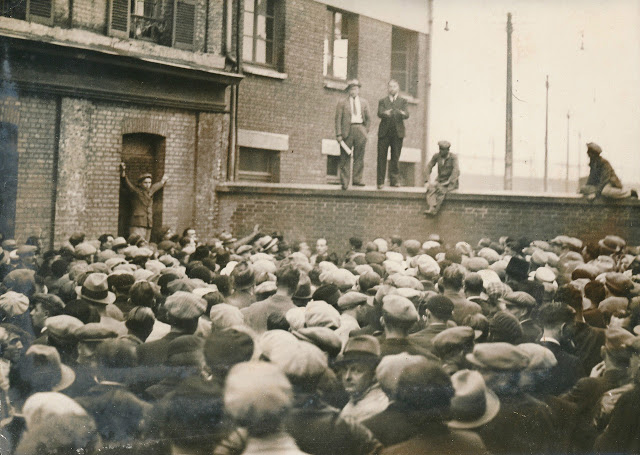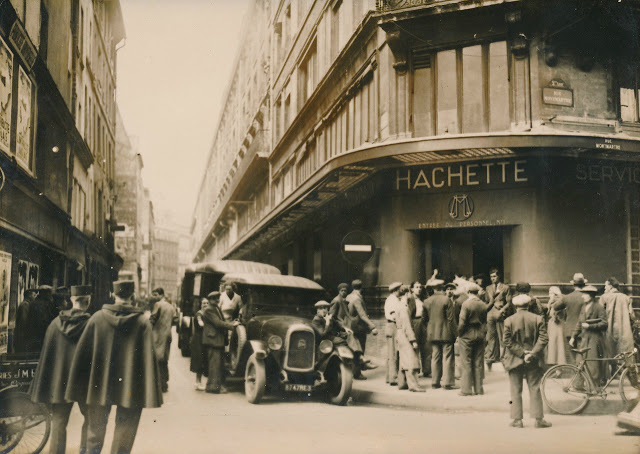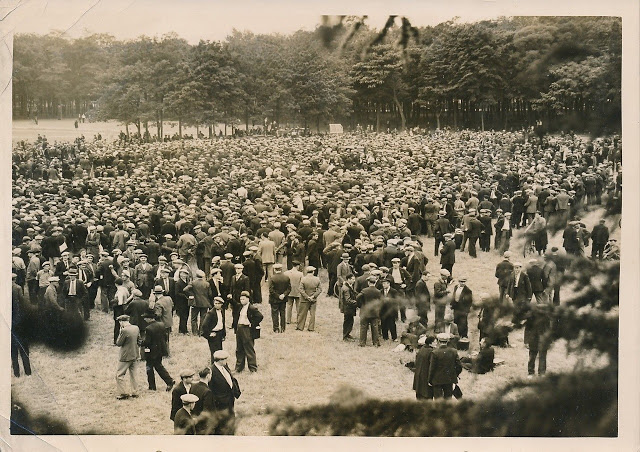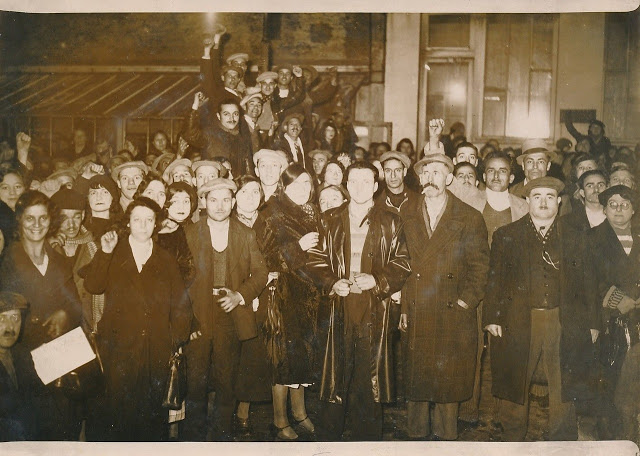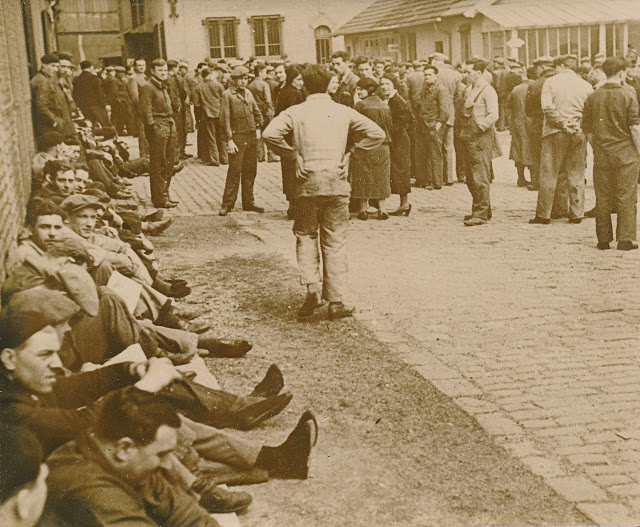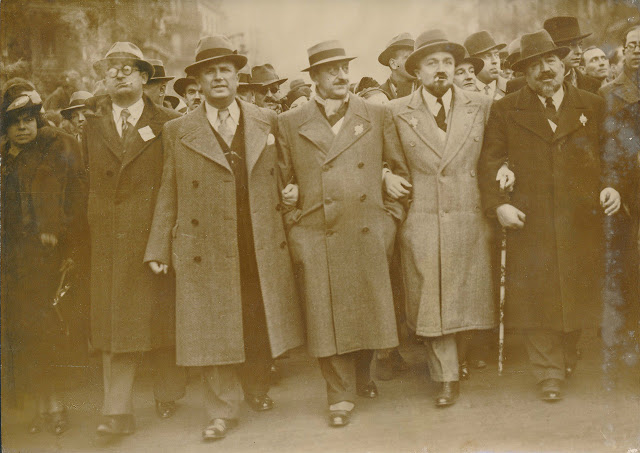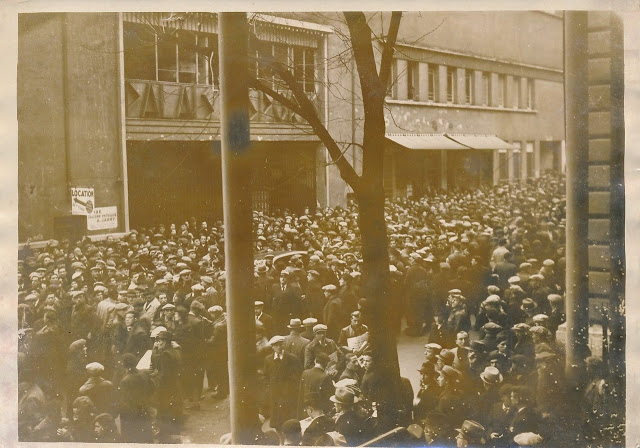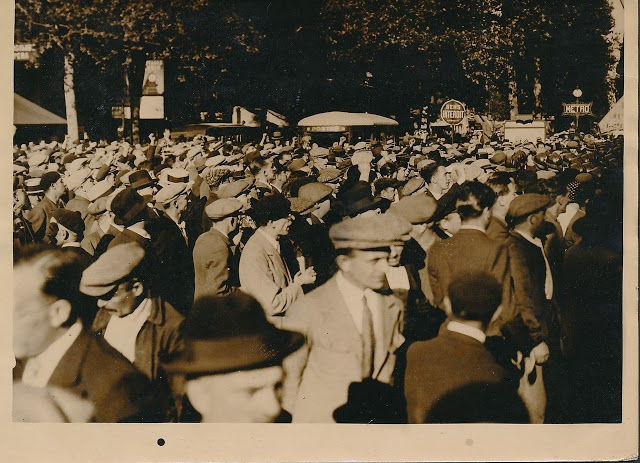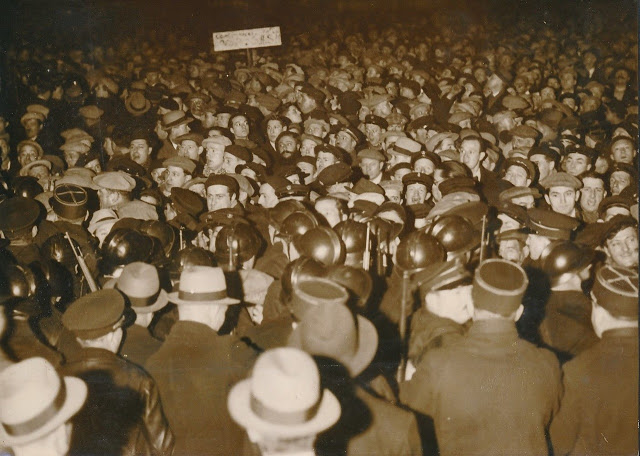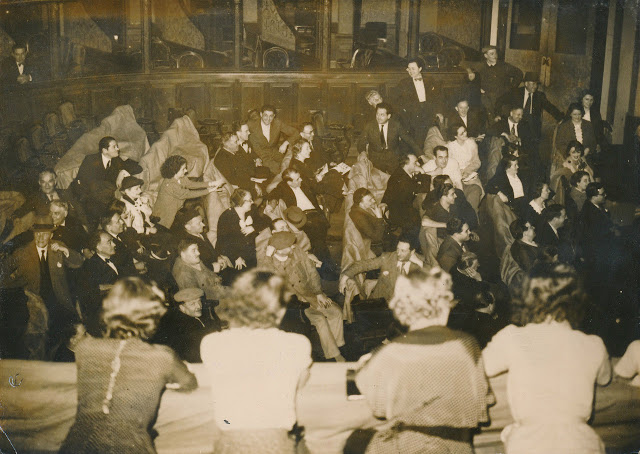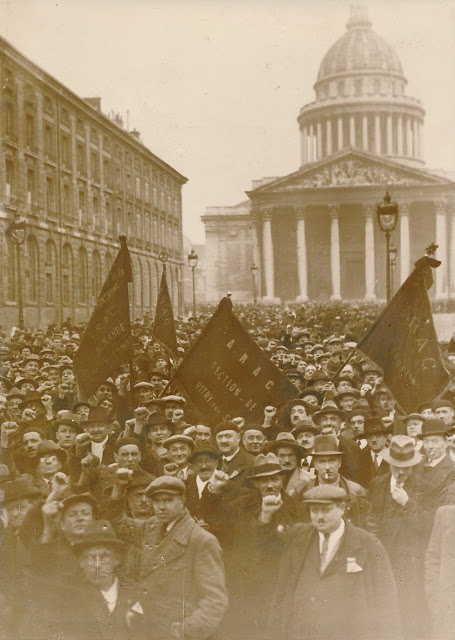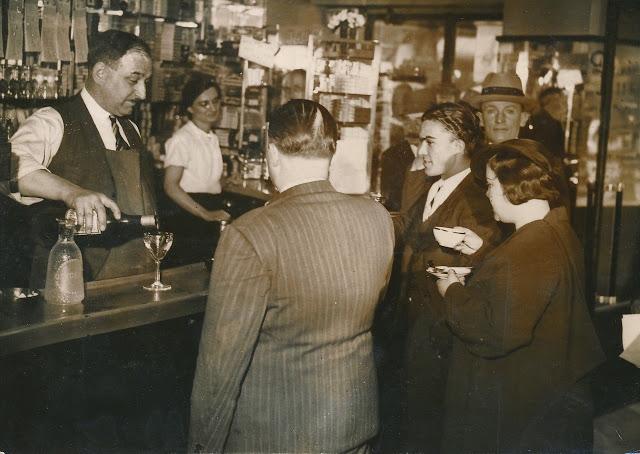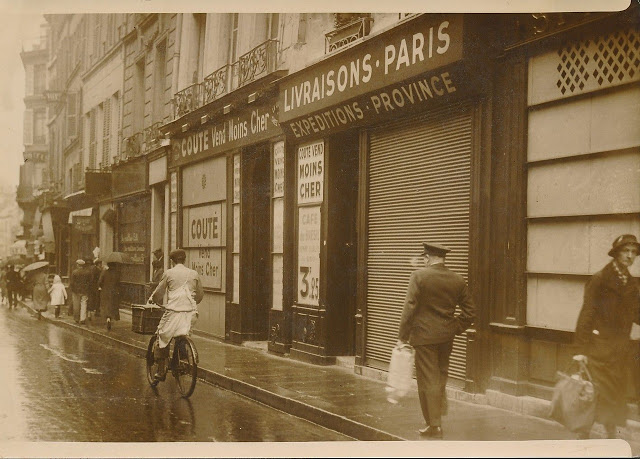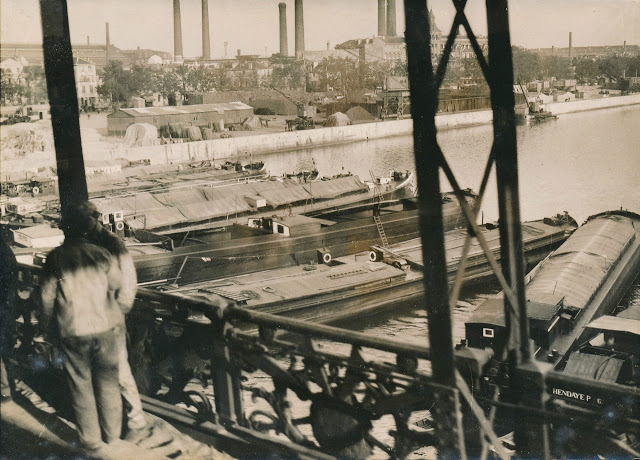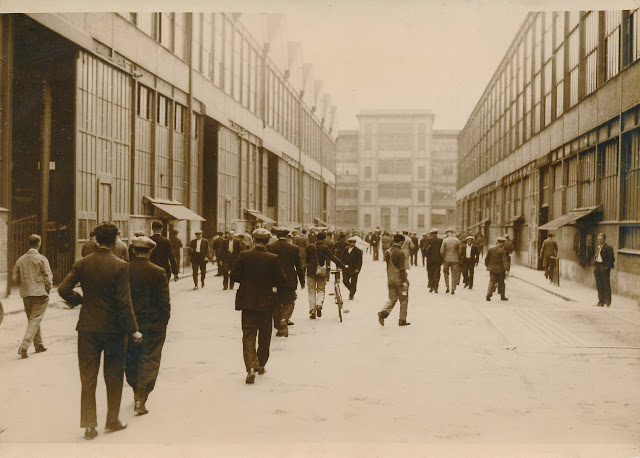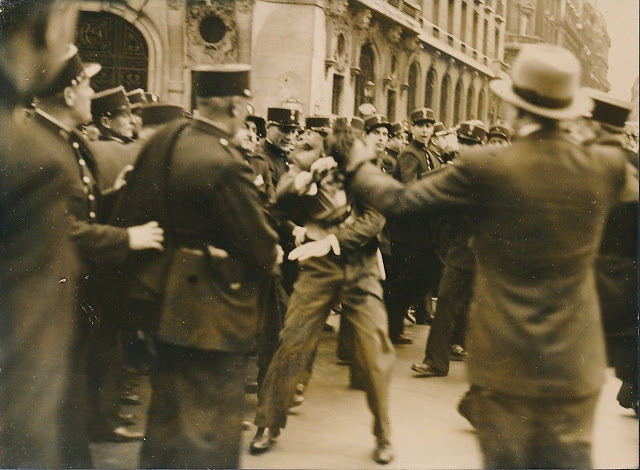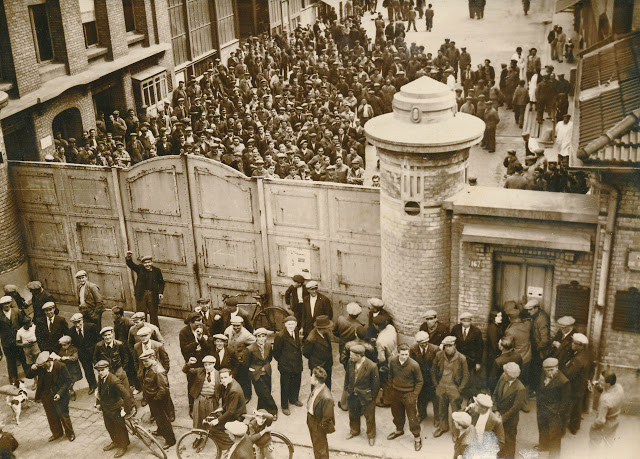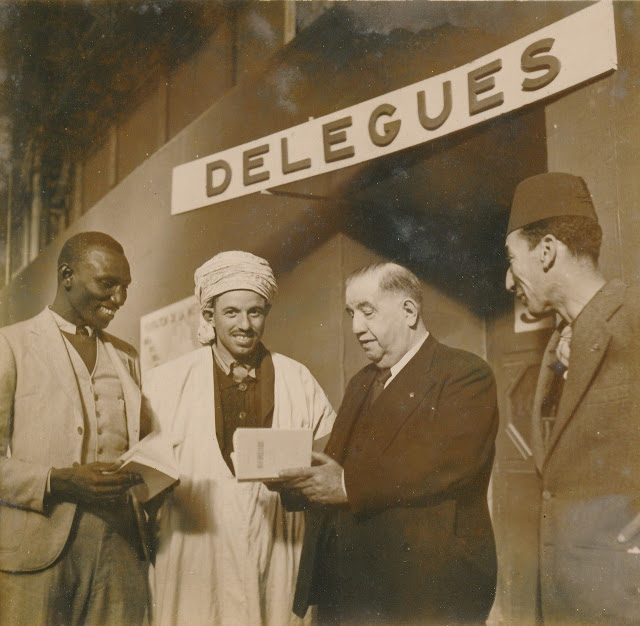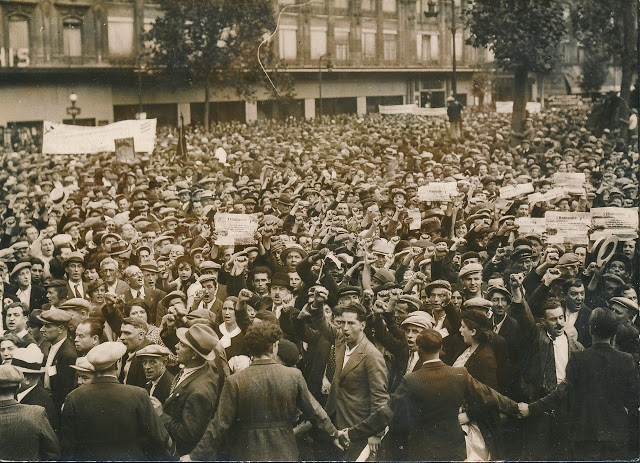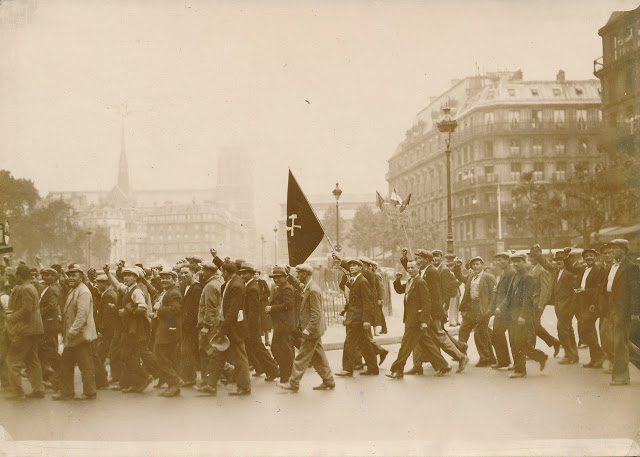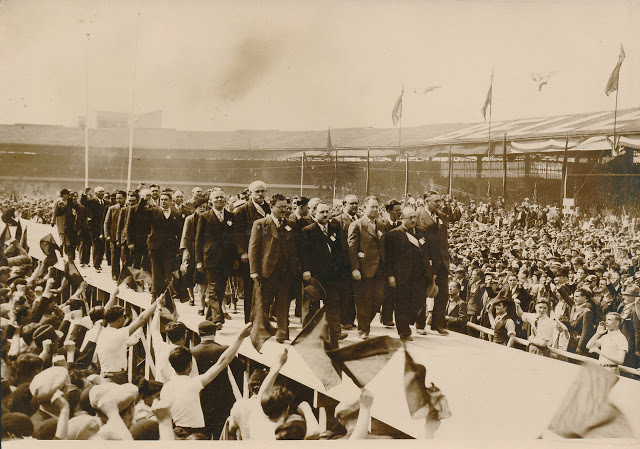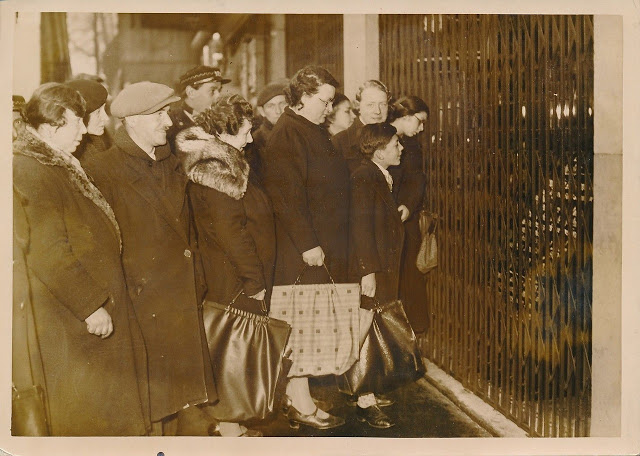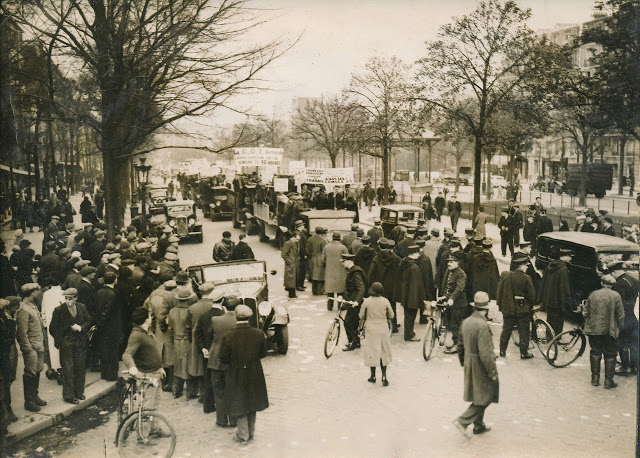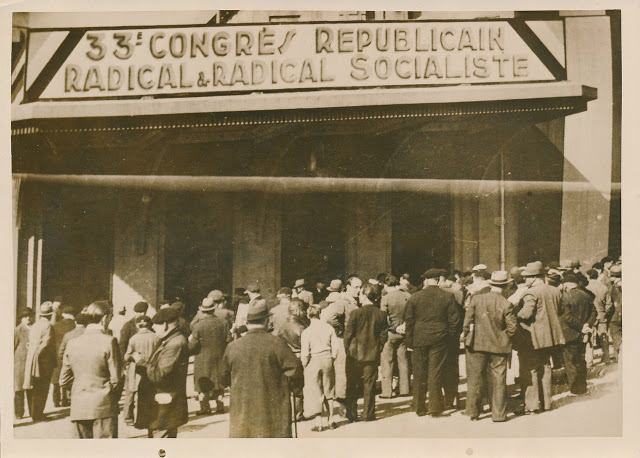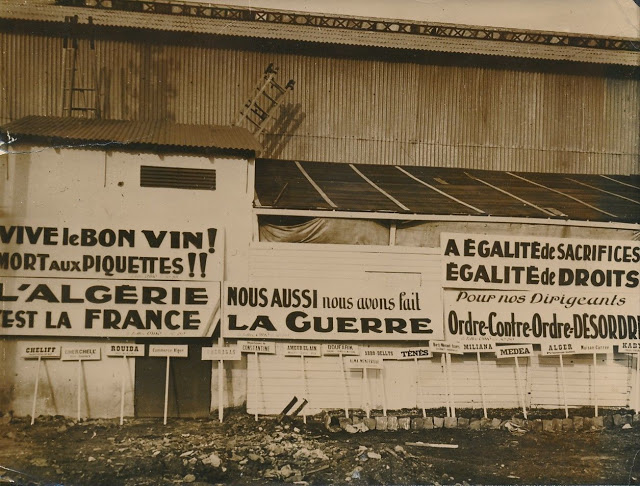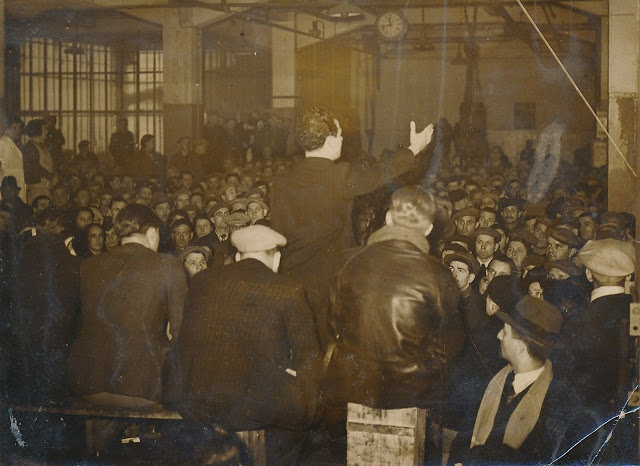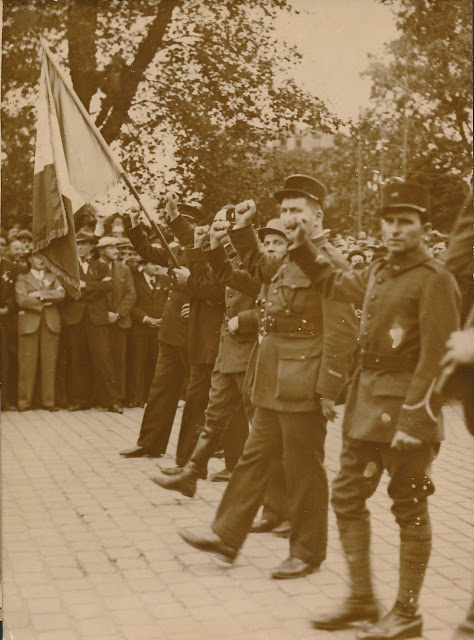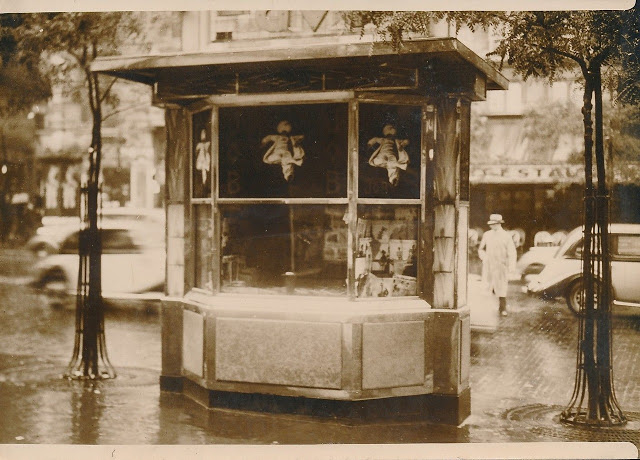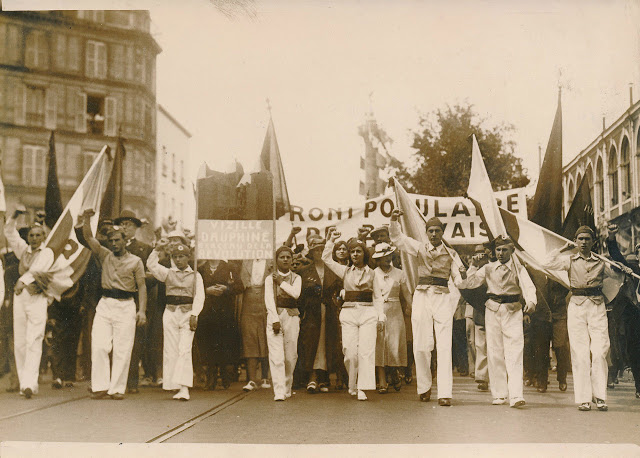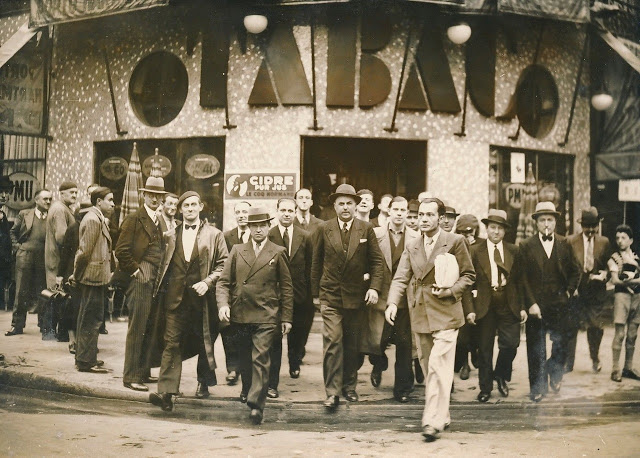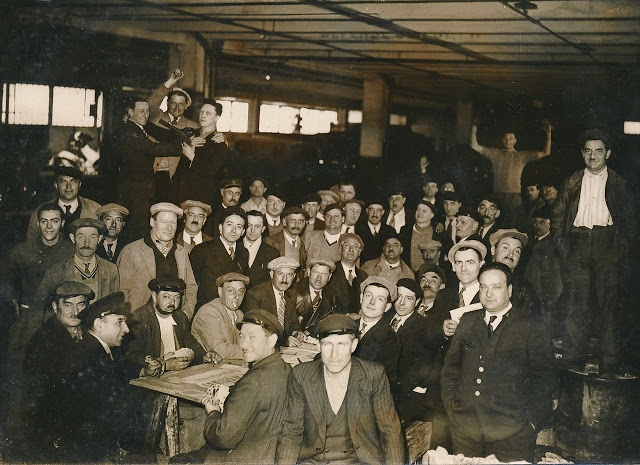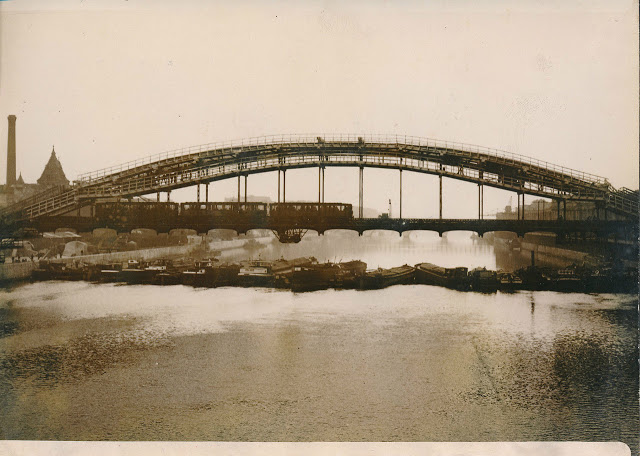The Popular Front was an alliance of left-wing movements, including the French Communist Party (PCF), the French Section of the Workers’ International (SFIO) and the Radical and Socialist Party, during the interwar period. Three months after the victory of the Frente Popular in Spain, the Popular Front won the May 1936 legislative elections, leading to the formation of a government first headed by SFIO leader Léon Blum and exclusively composed of Radical-Socialist and SFIO ministers.
The idea of a “Popular Front” came from two directions: first, the left-wing view, following the 6 February 1934 riots, that the far-right had tried to organize a coup d’état against the Republic. Second, the Comintern’s decision, before the increased popularity of fascist and authoritarian regimes in Europe, to abandon the “social-fascist” position of the early 1930s and replace it with the “Popular Front” position, which advocated an alliance with the social democrats against the Right. Thus, both the consequences of the 1934 riots, which had removed the second Cartel des gauches from power, and the new Comintern policies had seen anti-fascism as the main imperative of the day.
Henceforth, Maurice Thorez, secretary general of the PCF, was the first to call for the formation of a “Popular Front”, first in the party press organ L’Humanité in 1934, and subsequently in the Chamber of Deputies. The Radicals were at the time the largest party in the Chamber, governing throughout most of the Third Republic.
Below are some vintage photos of the French Popular Front from 1936 to 1938.
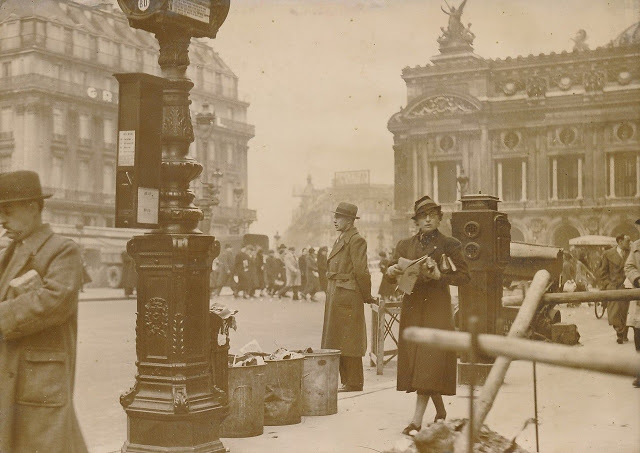
There are various reasons for the formation of the Popular Front and its subsequent electoral victory; they include the economic crisis caused by the Great Depression, which affected France starting in 1931, financial scandals and the instability of the Chamber elected in 1932 which had weakened the ruling parties, the rise of Adolf Hitler in Nazi Germany, the growth of violent far-right leagues in France and in general of fascist-related parties and organisations (Marcel Bucard’s Mouvement Franciste, which was subsidised by Italian leader Benito Mussolini, Neo-Socialism
Blum’s government implemented various social reforms. The workers’ movement welcomed this electoral victory by launching a general strike in May–June 1936, resulting in the negotiation of the Matignon agreements, one of the cornerstone of social rights in France. All employees were assured a two-week paid vacation, and the rights of unions were strengthened. The socialist movement’s euphoria was apparent in SFIO member Marceau Pivert’s “Tout est possible!” (Everything is possible). However, the economy continued to stall; by 1938 production still had not recovered to 1929 levels, while higher wages had been neutralized by inflation. Businessmen took their funds overseas. Blum was forced to stop his reforms and devalue the franc. With the French Senate controlled by conservatives, Blum, and thus the whole Popular Front, fell out of power in June 1937. Blum was then replaced by Camille Chautemps, a Radical, but Blum came back as President of the Council in March 1938, before being succeeded by Édouard Daladier, another Radical, the next month. The Popular Front dissolved itself in autumn 1938, confronted by internal dissensions related to the Spanish Civil War (1936–1939), opposition of the right-wing, and the persistent effects of the Great Depression.
After one year of major activity, it lost its spirit by June 1937 and could only temporize as the European crisis grew worse and worse. The Socialists were forced out; only the Radicals were left. It failed to live up to the expectations of the left. The workers did gain major new rights, but their 48 percent increase in wages was offset by a 46 percent rise in prices. Unemployment remained high, and overall industrial production was stagnant. Industry had great difficulty adjusting to the imposition of a 40-hour workweek, causing serious disruptions of the time when France was desperately trying to catch up with Germany in military production. France joined other nations and refused to help the Spanish Republicans in the Spanish Civil War, for fear that civil war could break out in France itself. The refusal bitterly disappointed the French Left.
